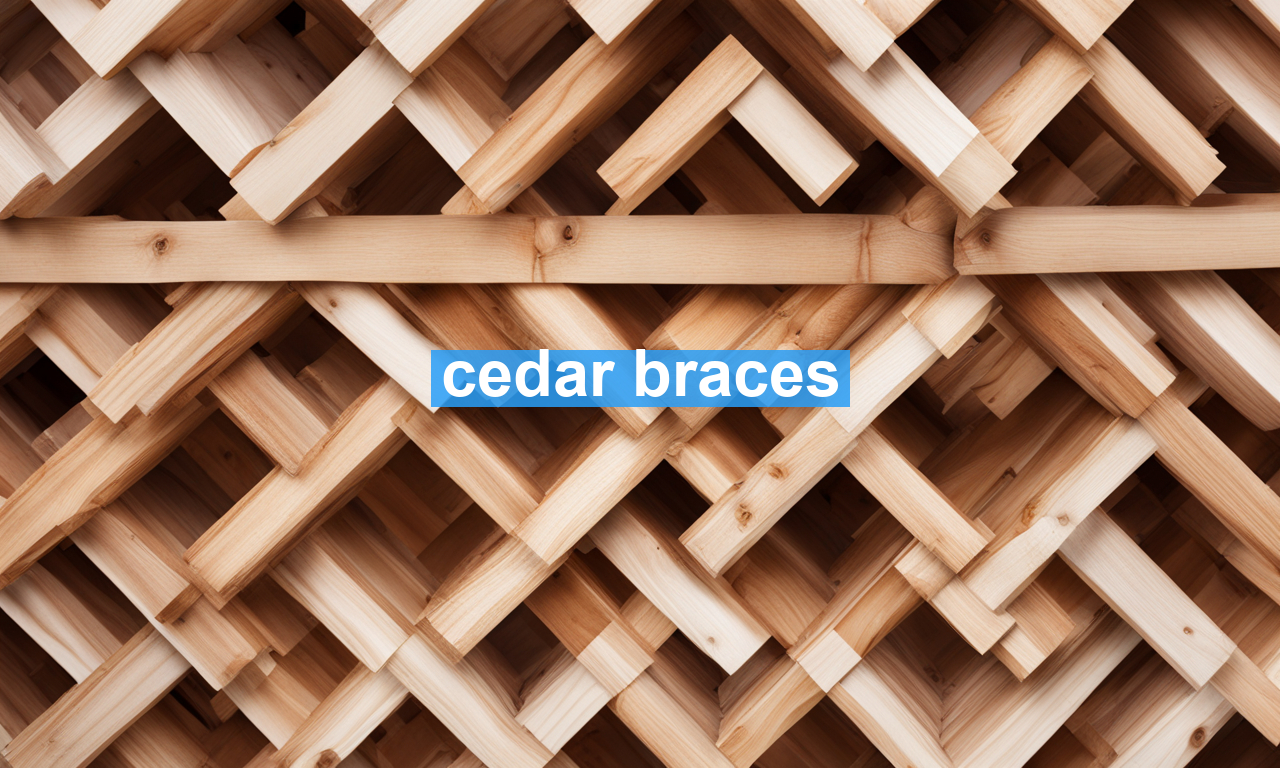The world of orthodontics is no stranger to innovation, constantly evolving to provide better, more discreet, and efficient solutions for those in need of teeth alignment. Among the myriad of options available today, cedar braces have emerged as a topic of intrigue, drawing interest from both dental professionals and those searching for a natural alternative. But what exactly are cedar braces, and why are they capturing attention? This article dives into the unique aspects of cedar braces, exploring their benefits, limitations, and whether they might be the right choice for you.
Understanding Cedar Braces
When we talk about cedar braces, it’s imperative to clarify that these are not yet mainstream. The idea stems from the broader trend of using natural materials in dental appliances. Cedar wood, known for its aromatic properties and durability, has been touted as a potential material for orthodontic devices due to its ability to resist rotting and its natural antimicrobial properties.
Why Cedar?
But why consider cedar wood for braces? Let’s dive deeper into the potential advantages:
- Natural Antimicrobial Properties: Cedar wood contains oils that can naturally resist bacteria and fungi, **potentially reducing oral hygiene issues** often associated with braces.
- Environmental Benefits: Sourced from sustainable forests, using cedar could lessen the environmental impact compared to metal or plastic braces.
- Aesthetic Appeal: The natural, warm hue of cedar could offer a unique, organic look for those wanting something different from traditional metal or ceramic braces.
The Drawbacks of Cedar Braces
Despite these appealing advantages, cedar braces are not without potential downsides. Here are some limitations:
- Durability Concerns: While cedar is known for its resilience, it’s uncertain if it could withstand the constant pressure required for effective orthodontic treatment over an extended period.
- Unknown Allergy Potential: As with any natural material, there’s a risk of allergic reactions. Individuals with sensitivities to cedar might experience irritation.
- Lack of Clinical Research: Current orthodontic technology and procedures are backed by extensive clinical studies. Unfortunately, cedar braces lack such comprehensive research support.
Comparing Cedar Braces to Traditional Options
Traditional braces have stood the test of time, providing reliable results across various cases:
- Metal Braces: Durable and effective for treating complex corrections, metal braces are often a go-to option but are visible and sometimes uncomfortable.
- Ceramic Braces: These offer a less conspicuous alternative to metal braces, blending with the teeth but tend to be more fragile.
- Invisalign: Clear aligners cater to minor to moderate cases, boasting an almost invisible appearance.
Each of these options comes with its own set of pros and cons, and currently, they offer more predictable outcomes than innovative alternatives like cedar braces.
Cedar in the Future of Orthodontics
Considering the novelty of cedar braces, it’s wise to consider how they fit into the broader trend of eco-friendly and sustainable solutions in healthcare. While they may not yet be available as a mainstream orthodontic solution, the idea represents a shift towards environmentally conscious practices. As researchers continue to innovate, we might see more biodegradable and sustainable materials being integrated into orthodontic care.
Making an Informed Decision
Deciding on the best orthodontic option can feel overwhelming, given the range of choices. As of now, cedar braces remain a conceptual innovation rather than a widely adopted practice. For those interested in natural, sustainable orthodontics, staying informed about emerging studies and innovations will be key.
Consulting with a dental professional is crucial when making an educated decision regarding the best treatment for you or your loved ones, as they can provide personalized advice and recommend solutions based on tried-and-tested results.
In the realm of orthodontics, new materials, like cedar, may one day offer exciting alternatives that align with patient needs and environmental standards. Until then, the safety and effectiveness of traditional methods remain unparalleled. Keep an eye on the horizon, however, as the world of dental innovation is constantly evolving, just like the smile you’re aiming to perfect!

